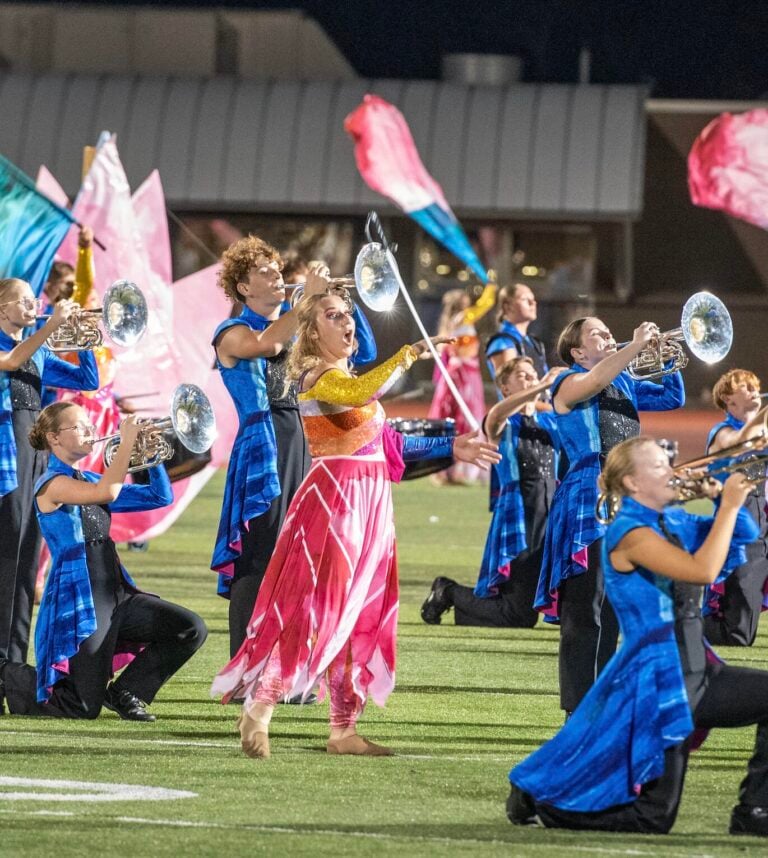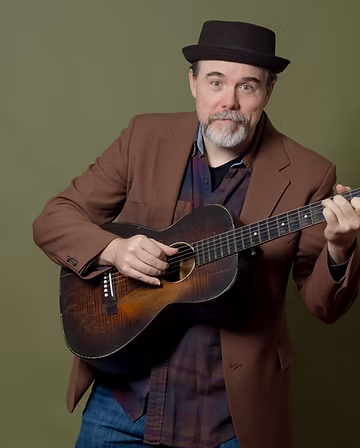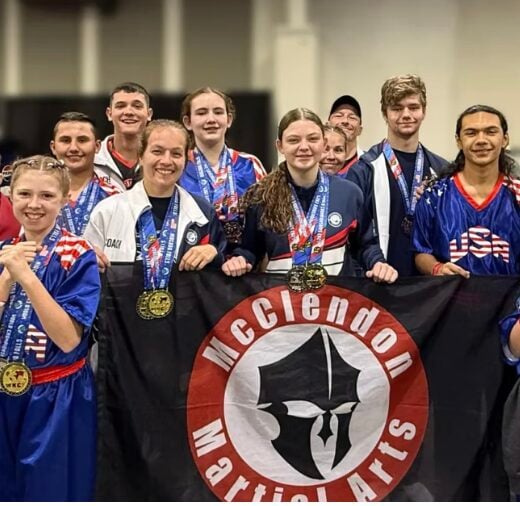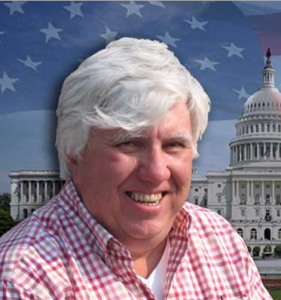LOUISVILLE – A lot of former University of Louisville basketball players and coaches joined with fans earlier this week to say good-bye to Crawford Gym, the on-campus sweatshop with the white-domed roof where Cardinal teams practiced from 1963 until 1999.
It also was used for volleyball practice, physical-education classes, and faculty leagues, but mainly Crawford was known as the place where coaches Bernard “Peck” Hickman and Denny Crum crafted teams that were in the national championship hunt almost every season.
In the summer, the “Dirt Bowl” at Shawnee Park and Crawford were the battleground where hotshot high school kids could take on college players or even professionals who played for the Kentucky Colonels of the old American Basketball Association.
One of the city’s enduring legends is the time Darrell Griffith, then an eighth-grader, dunked over Artis Gilmore, the 7-foot-2 center for the Colonels. That happened in the “Dirt Bowl,’ but it just as easily could have happened in Crawford.
There was no air conditioning in Crawford, only a big fan that did little more than stir around the hot air that reeked of perspiration and sweat socks. Back in the days when everyone wore canvas Converse Chuck Taylor All-Stars, everyone’s shoes would literally soak through with sweat.
Since there were no official referees, there were no whistles in Crawford. Just the squeak of sneakers on the hardwood floor, the grunting and talking of the players, and the whoops from the stands when somebody like Wesley Cox or Scooter McCray or LaBradford Smith would make a spectacular move.
Sometimes, due to summer work schedules, the games wouldn’t begin until after midnight. Still, word got around and there always would be some spectators. Crum also welcomed spectators to his practices, so long as they sat quietly and didn’t interrupt his teaching.
In both the practices and the summer games, the upperclassmen always lorded it over the newcomers.
“It was sort of like rite of passage,” remembered Tick Rogers. “When I came in as a freshman, I remember a game in Crawford when Derek Smith (then playing in the NBA) just flat hit with a forearm at midcourt. I said, ‘Man, what did you do that for?’ He said, ‘It ain’t nothing personal. You just got to be a man when you come in here to play.’ And so I did.”
By today’s standards, Crawford was a dump. Crum had sure it was the last thing recruits got to see. While many of his rivals were practicing in relatively luxurious on-campus arenas, the Cards practiced almost exclusively in Crawford instead of Freedom Hall, their 18,000-seat home arena at the Fairgrounds.
“It wasn’t an ideal situation,” said Crum, “but I never complained about it. We just made the best of it.”
Did they ever.
Doing most of their learning in Crawford, the Cards won two NCAA championships (1980 and ’86) and made four other trips to the Final Four (1972, ’75, ’82, and ’83). A long list of All-Americans shed their blood and sweat on the Crawford floor (pieces of which are being sold for $50 each to benefit the Denny Crum Scholarship Fund).
When Crum coached the World University Games team in the summer of 1977, he brought players such as Indiana State’s Larry Bird, Arkansas’ Sidney Moncrief, and Portland State’s Freeman Williams to Crawford for practices. That team also included U of L players Griffith and Ricky Gallon.
Without referees, the players called fouls on each other. But woe be to the freshman who called a foul on a veteran. All that did was bring him more abuse. The pecking order was absolute.
Everybody has a favorite Crawford story.
“I remember once when Coach Crum was gone and Coach (Jerry Jones) was in charge of practice,” said Wylie Brown, a freshman starter on the 1980 title team. “Darryl Cleveland and Mary Pulliam got into a fight about something. Coach Jones tried to break it up but he ended up just hanging onto one of the player’s legs. It was hilarious. All the rest of us just stood around and watched and laughed our butts off.”
Some U of L players were better in Crawford than they were in Freedom Hall, and vice-versa. One player who hated practice but loved games was Rodney McCray, who replaced his injured brother Scooter at center on the 1980 that won the university its first national championship.
“We had to get on Rod to practice hard,” said Griffith. “Scooter got on him the most. He’d catch him loafing in practice and chew him out. ‘You can’t take that over to Freedom Hall,’ Scooter would tell him. But I never worried about Rodney because I knew when the going got tough, he was going to be there.”
On the last day the U of L legends would stand on the floor at Crawford, Lancaster Gordon confiscated a step ladder from maintenance and used it to go around to each goal, snipping the nets and wrapping them around his neck.
Asked if he planned to put pieces of the nets on the Internet and sell them, Gordon smiled and shook his head.
“A lot of the guys couldn’t be here today,” he said. “Milt Wagner…Pervis Ellison…a lot of them. I’m going to save these and give each one of them a piece when I see them.”
That was typical of Gordon, the smooth 6-3 guard from Mississippi who always put his teammates first. Whatever Crum needed, on offense or defense, Gordon would provide. He was fundamentally sound when he came to U of L and he only got better during his four-year career.
Gordon was a junior who played in the most storied back-to-back games in Cardinal history – the 1983 “Dream Game” against Kentucky in the NCAA Mideast Regional finals in Knoxville and, only a week later, the Final Four shootout against Houston’s “Phi Slamma Jamma” team in Albuquerque.
In the UK victory, one of the most significant in Cardinal history, Gordon and Wagner threw a press on the weary Cats in overtime that blew the game open. Against Houston, it was U of L that wilted first in Albuquerque’s high altitude and thin air.
“Before that overtime against UK, Coach Crum told Milt and I to just play,” Gordon said. “By that he meant to not worry about making fouls or running plays. Just let our ability and instincts take over. He did that sometimes, after he got to trust you.”
Now Crawford has a date with the wrecking ball and soon will be only a footnote to U of L basketball history, replaced by a new academic building. But as long as a player coached by Denny Crum is living, its stories will live.
“Every time I ever flew into Louisville,” Griffith said, “I always would look for the white dome on the campus. That was Crawford and I knew I was home.”
Billy Reed is a member of the U.S. Basketball Writers Hall of Fame, the Kentucky Journalism Hall of Fame, the Kentucky Athletic Hall of Fame and the Transylvania University Hall of Fame. He has been named Kentucky Sports Writer of the Year eight times and has won the Eclipse Award twice. Reed has written about a multitude of sports events for over four decades, but he is perhaps one of media’s most knowledgeable writers on the Kentucky Derby






















